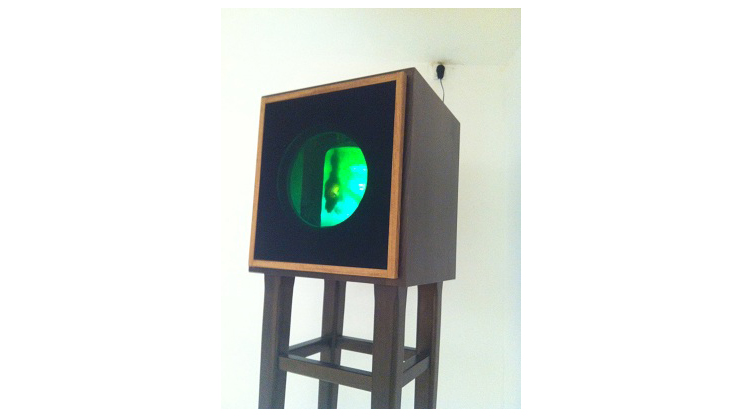The sound is transmitted by a tiny computer installed near the lighthouse on the beach, powered by solar energy. The computer receives the drone of the waves and plays it back out of the wooden statue placed in the museum. The same energy also powers the light shining from the top of the statue, whose intensity is directly proportional to the waves’.
See Sound juxtaposes the raging sea with the tame white cube, the wild and the domesticated, and embeds nature as a raw material in the artwork. It dissects the beach experience and deconstructs it into elements of light and sounds.
From a broader perspective, it is perhaps possible to identify a continuum from the painters of the 19th century who went out to nature in an attempt to capture it on their canvases, through the late 20th century artists who acted on nature and documented their actions for the audience, to this early 21st century piece where the artist takes advantage of the latest technology to capture nature, but this time transmits it live to the visitors at the museum.
Thanks to Gal Haklai, Nir Radzi, Ohad Harel

Less Reading...
